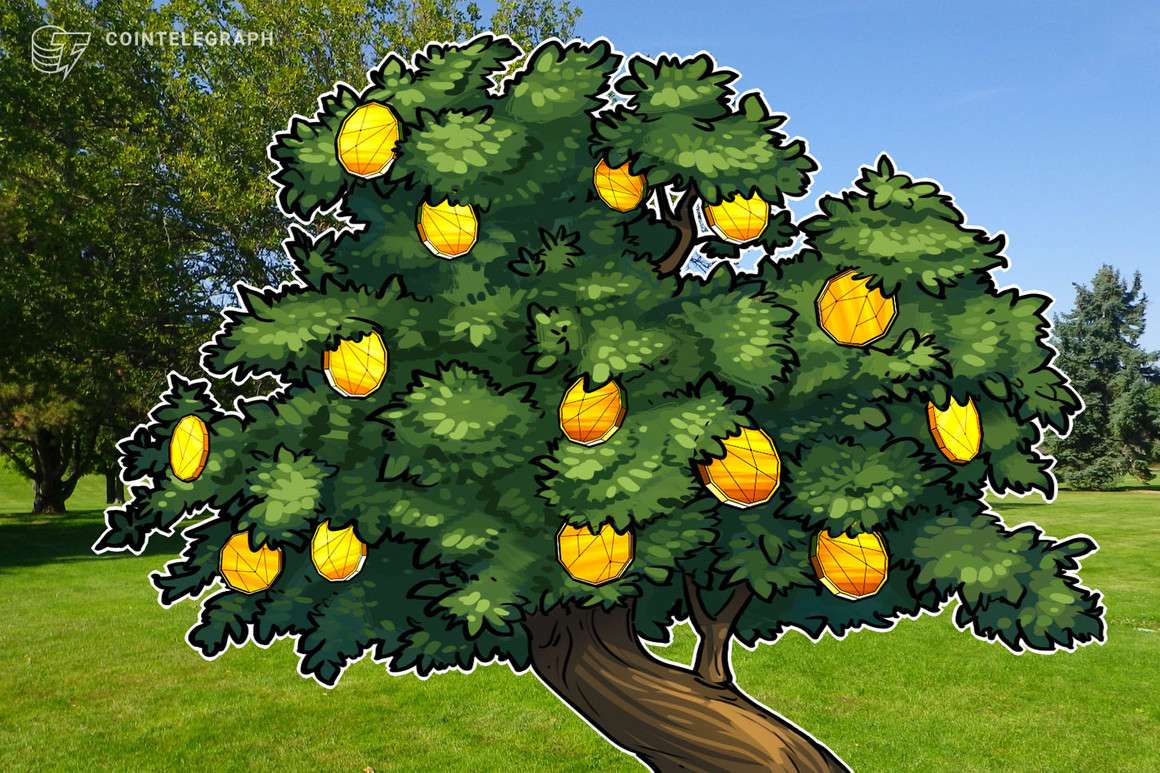When the market falls faster than a tree in the forest, the phrases “zoom out” and “lower your time preference,” take root.
“Zoom out” refers to a break from the ubiquitous price cards that fill news feeds and Twitter threads. Consider looking at the price of Bitcoin (BTC) over the past five years – as opposed to the past 6,12 or 18 months.

But what does “lower your time preference” mean – popular language among Bitcoiners, actually? Commonly attributed to Saifedean Ammous, the polarizing author who wrote TheBitcoinStandard, translating one’s time preference into long – term thinking, and appreciating the future above the present.
Unlike a fiat standard, where money loses value due to inflation; a system in which quick profits, immediate gratification and immediate gratification lower the drug, a Bitcoin standard promotes delayed gratification. The theory is that in a Bitcoin standard, the value of money saved in Bitcoin increases over time to enjoy at a later stage.
This lesson is a difficult pill to swallow, (especially during a crypto winter), but it is an essential step to understand Bitcoin. At least, that’s what Fangorn, a passionate Bitcoiner who has become a tree planter, believes. A software developer and history major with a background in biology, he came across Bitcoin on a Hacker News website in the summer of 2017 (when one BTC was worth about $ 3,000).
Something went wrong during 2017 and 2018, but it took the 2020 Covid-19 market crash for Fangorn to really “go down the rabbit hole”. He read more widely and became involved in the works of the popular Bitcoin writer Gigi, who wrote 21 lessons as well as an article called Bitcoin is time. At this point, a light bulb went off:
“Holy shit, this [Bitcoin] is much more than just like digital gold. It is deeply advanced engineering for civilization. ”
His appetite for understanding healthy money has grown and has not “looked back since”. He shared “the one thing to focus on is Bitcoin – the rest is a bunch of fluff.”

An outdoor family man with a penchant for planting trees – he regularly gives his father Sequoia trees for Father’s Day – Fangorn’s ideas, much like the giant trees, began to germinate. I connected the dots between a low-time preference, Sequoia trees and the Bitcoin network:
“I can look at these trees when I am 100 years old and think, damn it will continue for another 3,000 years. And my grandchildren, great-grandchildren, great-grandchildren ‘will think’ Thank you, great-grandfather for planting this tree thousands of years ago! ‘
Like many Bitcoiners, Fangorn believed that the Bitcoin network would sustain civilization as healthy money for years to come. On top of that, Bitcoin and Sequoias are pretty similar, they require “a lot of work, they stand the test of time, and they lift the human spirit.”
“Here’s this thing that enables us to steer our minds forward for thousands of years, plan for the long term, and reconnect with that core aspect of civilization, which lowers one’s time preference and planning for the future.”
Indeed, while Bitcoin is a tool known for its “number rising” properties, it is also a tool that makes it possible to ensure a long-term outlook.
He shares that “planting trees is a super easy, super cost-effective way to explain” what a low-time preference is. The tree is a visual representation of a low-time preference; the roots are the network. Furthermore, the planting of trees flies in the face of the environment FUD to which Bitcoin is often subject.
I planted a sequoia of @btcfangron so that my ancestors could reap a 30 foot wide behemoth! pic.twitter.com/0PKwvwhmqe
– Sidd – #BitcoinTour Harley Rider (@CaptainSiddh) 13 June 2022
Fangorn encourages Bitcoiners and non-miners to plant trees to visualize a low-time preference. He sent seed to Andre Loja, the man behind the island of Madeira’s Bitcoin strategy; he handed out seeds at the Bitcoin Miami Conference in 2022 as well as at meetings in Wisconsin where he lives.

He makes jokes that when Hal Finney (the first person to receive a Bitcoin transaction) comes from its cryogenic freezing point, “In 3,000 years I want there to be 21 million mature trees and 30 feet in diameter – trees planted in the first few periods.”
Bitcoin will enter its fourth epoch sometime in 2024 and its last epoch-when the last Bitcoin will be mined–In the year 2140. By 2140, the Sequoia seeds that Fangorn and other Bitcoiners are now planting will still be considered young trees: they reach full maturity after 500 years.
For Fangorn, the Bitcoin mined today should still exist, perhaps even used to pay for goods and services by its great-great-grandchildren.
